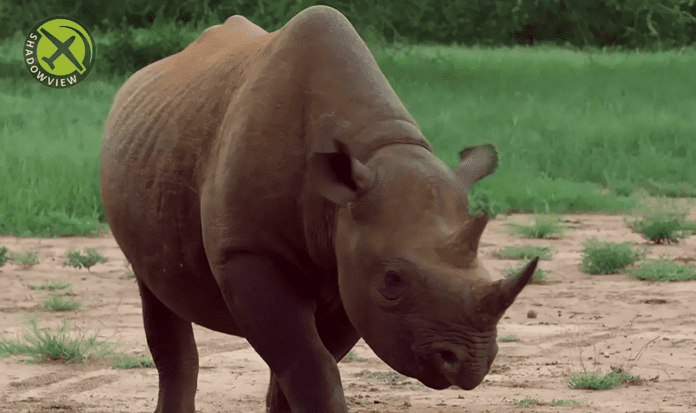The Internet of Life and the ShadowView Foundation leveraging LoRaWAN to protect endangered species
The Internet of Life and the ShadowView Foundation announced they have implanted LoRaWAN -equipped sensors directly into the horns of critically endangered black rhinos.
The two entities said the sensors give park rangers the ability to accurately monitor the activities of the rhinos and keep them safe from poachers.
The project in Tanzania is part of a larger LoRaWAN IoT smart parks solution that is being rolled out in several national parks throughout Africa. The rhino-trackers show the location of the animals within the sanctuary, providing the park’s security personnel with better actionable intelligence. The deployment in Tanzania was supported by Semtech and Kerlink.
For this project, the partners used LoRaWAN connectivity and Kerlink’s geolocation-ready LoRaWAN gateways combined with Semtech’s geolocation product.
“The brutal onslaught of poaching of rhino populations across Africa has resulted in fewer than 5,000 black rhinos remaining in the wild”, said project leader Tim van Dam, “1,000 of which are the Eastern black rhino subspecies. Smart Parks is a new tool in the war against poaching.”
As a next step, ShadowView and The Internet of Life acquired the support of the World Wide Fund for Nature (WWF) to increase network coverage of the protected area, so that all black rhinos in the area can be protected with Smart Parks.
Other Smart Park applications used by the park management are the monitoring of gate open/closures through solar-powered LoRaWAN-based sensors installed on the gates and solar powered trackers installed on vehicles to track the whereabouts of personnel and tourists in high-risk areas. ShadowView and The Internet of Life said they will continue to work to improve the Smart Parks solution in several National Parks. New applications, like improved fence monitoring, connected camera-traps and tracking of equipment, like firearms, will be launched in the near future, the entities said.

